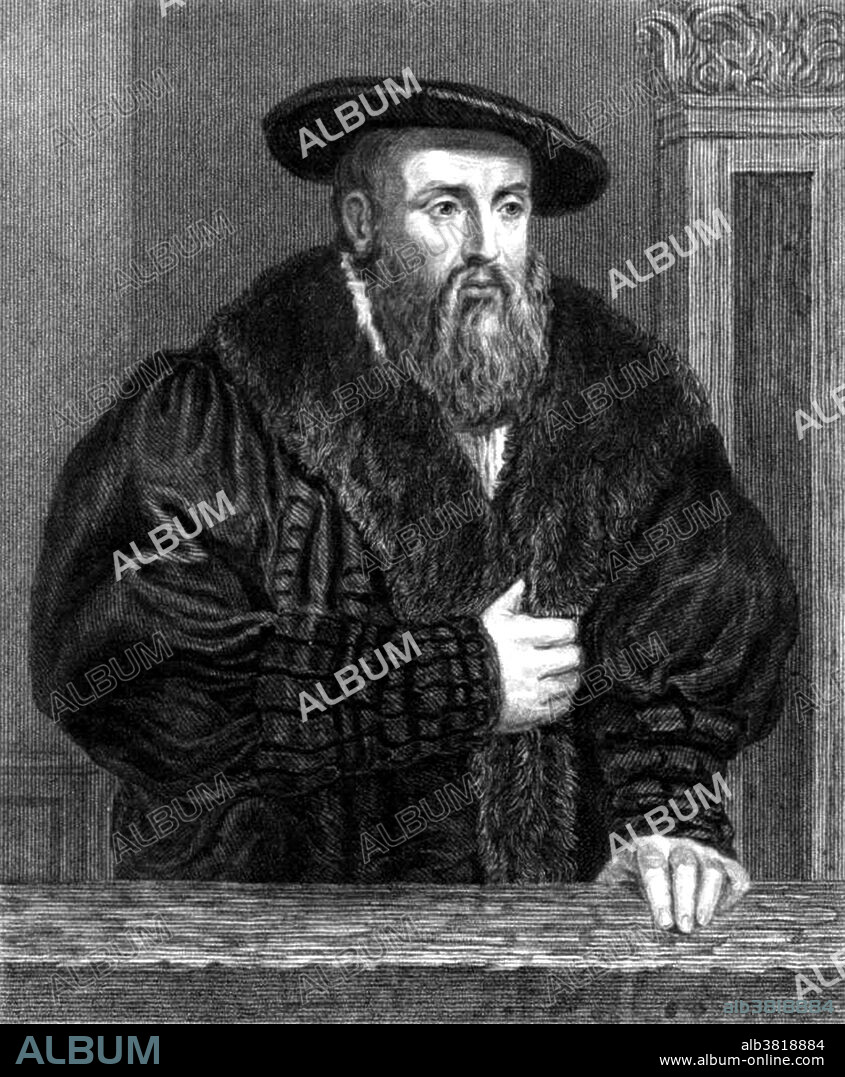alb3818884
Johannes Kepler, German Mathematician and Astronomer

|
Add to another lightbox |
|
Add to another lightbox |



Buy this image.
Select the use:

Title:
Johannes Kepler, German Mathematician and Astronomer
Caption:
Johannes Kepler (December 27, 1571 - November 15, 1630) was a German mathematician, astronomer and astrologer. A key figure in the 17th century scientific revolution, he is best known for his works Astronomia nova, Harmonices Mundi, and Epitome Astronomiae Copernicanae. These works also provided one of the foundations for Isaac Newton's theory of universal gravitation. Kepler devised the three fundamental laws of planetary motion. These laws were based on detailed observations of the planets made by Tycho Brahe and himself. Kepler's first law states that the planets orbit the Sun in elliptical paths, with the Sun at one focus of the ellipse. The second law states that the closer a planet comes to the Sun, the faster it moves. Kepler's third law states that the ratio of the cube of a planet's mean distance from the Sun to the square of its orbital period is a constant. In his final years, he spent much of his time traveling, finally settling in Regensburg, but he soon fell ill. He died in 1630 at the age of 58. His burial site was lost after the Swedish army destroyed the churchyard, but his self-authored epitaph survived the times: Mensus eram coelos, nunc terrae metior umbras. Mens coelestis erat, corporis umbra iacet. (I measured the skies, now the shadows I measure. Skybound was the mind, earthbound the body rests.)
Category:
Science: Personalities
Credit:
Album / Science Source / New York Public Library
Releases:
Image size:
5100 x 6177 px | 90.1 MB
Print size:
43.2 x 52.3 cm | 17.0 x 20.6 in (300 dpi)
Keywords:
1571 • 16 16TH XVI XVITH SIXTEENTH CENTURY • 16 CENTURY • 1630 • 16TH CENTURY • 16TH • 17TH CENTURY • ART • ARTWORK • ASTROLOGIA • ASTROLOGIST • ASTROLOGY • ASTRONOMER • ASTRONOMIA NOVA • ASTRONOMIA • ASTRONOMY • BW • CELEBRITIES • CELEBRITY • COPERNICAN ASTRONOMY • DRAWING • ELLIPTICAL PATHS • ENGRAVING • EPITOME ASTRONOMIAE COPERNICANAE • EPITOME OF COPERNICAN ASTRONOMY • EUROPEA • EUROPEAN • EUROPEANS • FAMOUS PEOPLE • FAMOUS • FIGURE • FUNDAMENTAL • GERMAN • GERMANS • HARMONICES MUNDI • HISTORIC • HISTORICAL • HISTORY • ILLUSTRATION • ILLUSTRATIONS • ILUSTRATION • IMPORTANT • JOHANNES KEPLER • KEPLER • LAWS OF PLANETARY MOTION • MALE • MAN • MATH • MATHEMATIC • MATHEMATICAL • MATHEMATICIAN • MATHEMATICS • MEN • NOTABLE • PEOPLE • PERSON • PERSONALITIES • PERSONALITY • PLANETS ORBIT THE SUN • PORTAIT • PORTRAIT • POTRAIT • SAVANT • SCIENCE • SCIENCE: PERSONALITIES • SCIENTIFIC REVOLUTION • SCIENTIFIC • SCIENTIST • WELL-KNOWN • XVI CENTURY


 Pinterest
Pinterest Twitter
Twitter Facebook
Facebook Copy link
Copy link Email
Email
